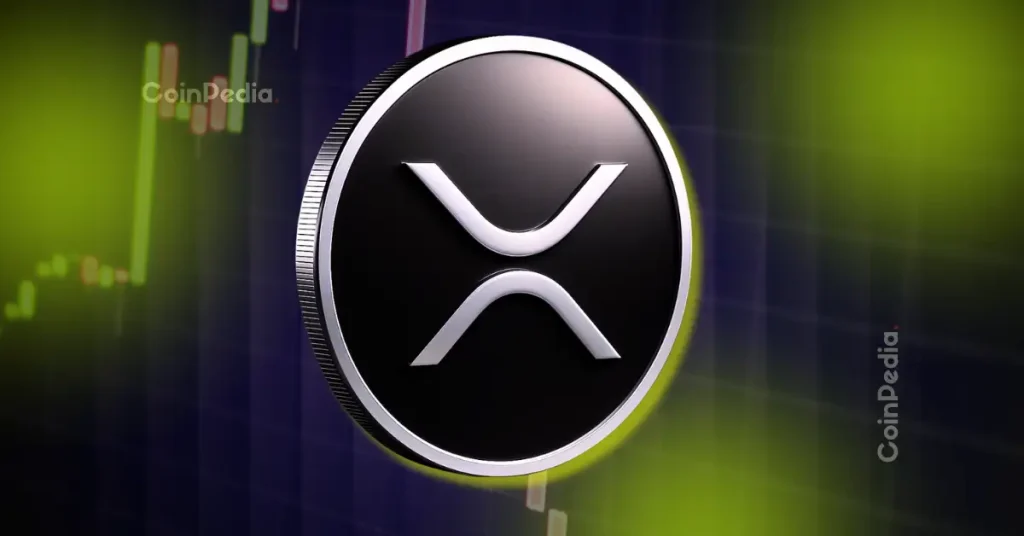Why FIL, STORJ, AR, and ICP’s Pumps Might Not Be What They Seem
Across the crypto market, a strange pattern has captured traders’ attention. Filecoin (FIL), Storj, Arweave (AR), and Internet Computer (ICP) have been pumping in near lockstep, defying the expectation that decentralized infrastructure adoption occurs independently. On closer inspection, this isn’t organic growth. It appears to be a calculated rotation of capital, an orchestrated liquidity cycle posing as momentum.
Over the past week, ICP rallied by 240% in just 6 days, while FIL nearly tripled. To the untrained eye, this might signal new adoption or institutional interest. But under the surface, it looks more like a synchronized exit. Smart money often enters these narratives early, fuels social chatter, and then quietly distributes to latecomers chasing “the next breakout.” As one chart cools off, another lights up, creating the illusion of continuous sector-wide strength. In reality, the same capital simply flows from one token to another.
These infrastructure tokens share a common narrative: decentralized storage and computation as the backbone for AI and Web3. Retail traders are drawn to the idea of “AI infrastructure on blockchain,” but the price behavior suggests coordinated movements rather than varied market confidence. When one starts dumping, they all follow, a telltale sign of rotational liquidity rather than fundamental expansion.
The current phase looks like the distribution stage. Early buyers have secured massive returns, and now attention is being redirected toward slower-moving assets under the same “old coin squeeze” storyline. This is classic market playbook behavior: create momentum, draw in volume, exit into strength, and leave traders holding consolidation bags.
If the rotation pattern continues, the next phase will likely see profits from ICP and FIL channeled into smaller-cap extensions of the same narrative. Traders chasing late entries risk being caught on the wrong side of an infrastructure hype cycle that has already been fully priced in by institutional actors weeks ago.
Why FIL, STORJ, AR, and ICP’s Pumps Might Not Be What They Seem was originally published in Coinmonks on Medium, where people are continuing the conversation by highlighting and responding to this story.
You May Also Like

Why Savvy Investors Are Bravely Buying The Dip Now

Ripple News: XRP Price Breaks Below $2 Amid ETF Race, Bitwise Trails Canary

